By Sumit Ganguly
On August 5, the ruling Bharatiya Janata Party (BJP) in New Delhi announced the revocation of Article 370, a provision in the Indian constitution that governs the relationship of the disputed state of Jammu and Kashmir with India. Simultaneously, the home minister, Amit Shah, also announced in Parliament that the government planned to strip Jammu and Kashmir of its statehood, creating instead two “union territories” (one in the Buddhist region of Ladakh and another in the regions of Jammu and Kashmir, which have Hindu and Muslim majorities, respectively). Both the lower and upper houses of the Indian Parliament passed legislation enacting these changes the following day.
If the government of Narendra Modi can follow through on its plan, Kashmir will cease to be an autonomous state within India. The abolition of Article 370 has long been a staple of the Hindu nationalist BJP’s political platform. In its 2014 election manifesto, the BJP repeated its old ambition of getting rid of the article, but promised to “discuss this with all stakeholders.” That commitment to consultation vanished in its 2019 manifesto. With another clear-cut majority in Parliament, the party is emboldened to make good on its electoral promise.




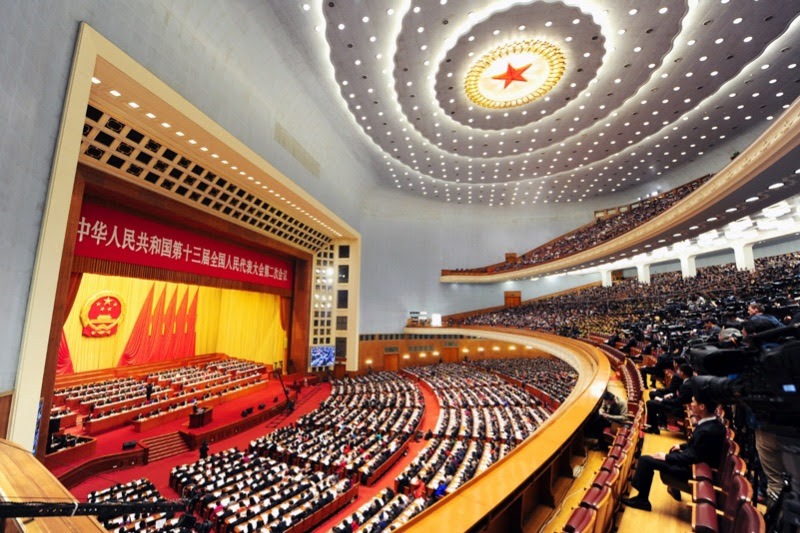
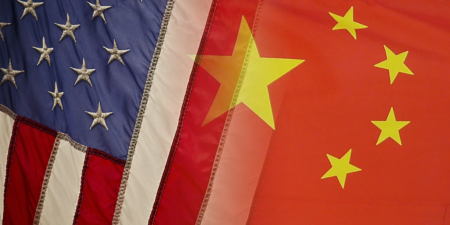
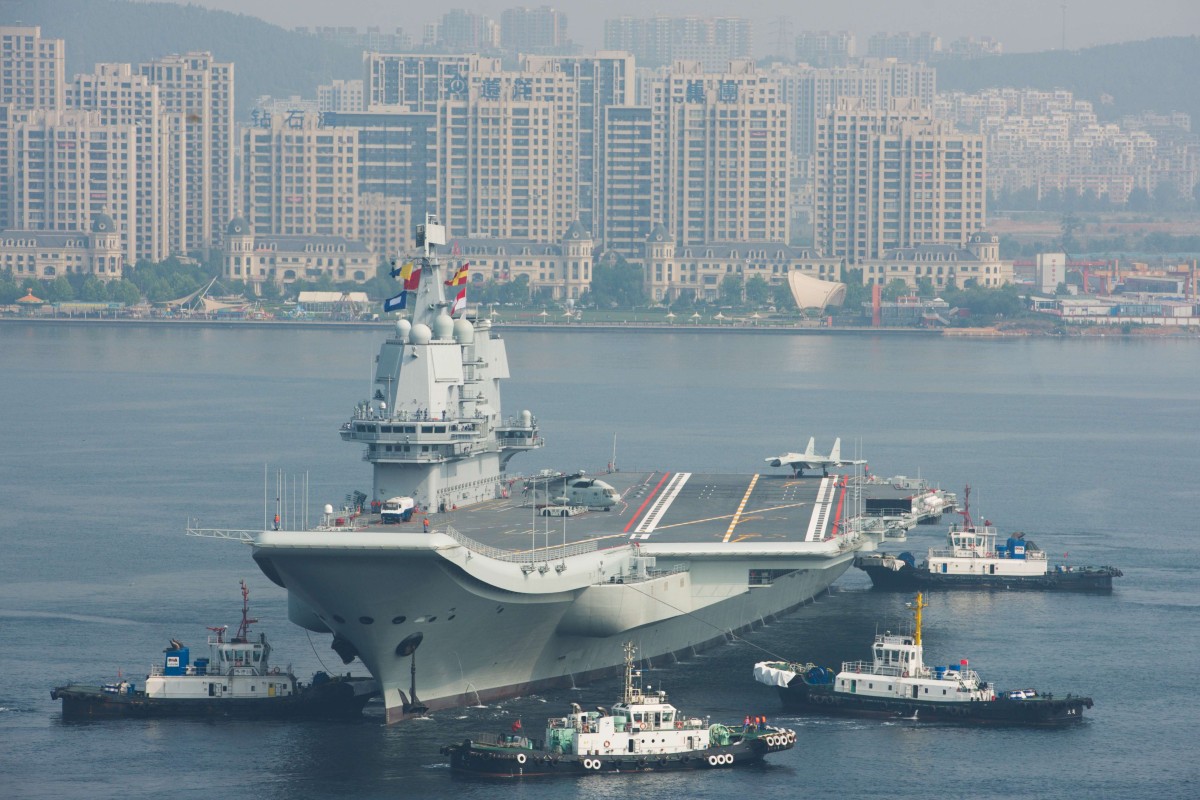

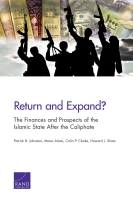







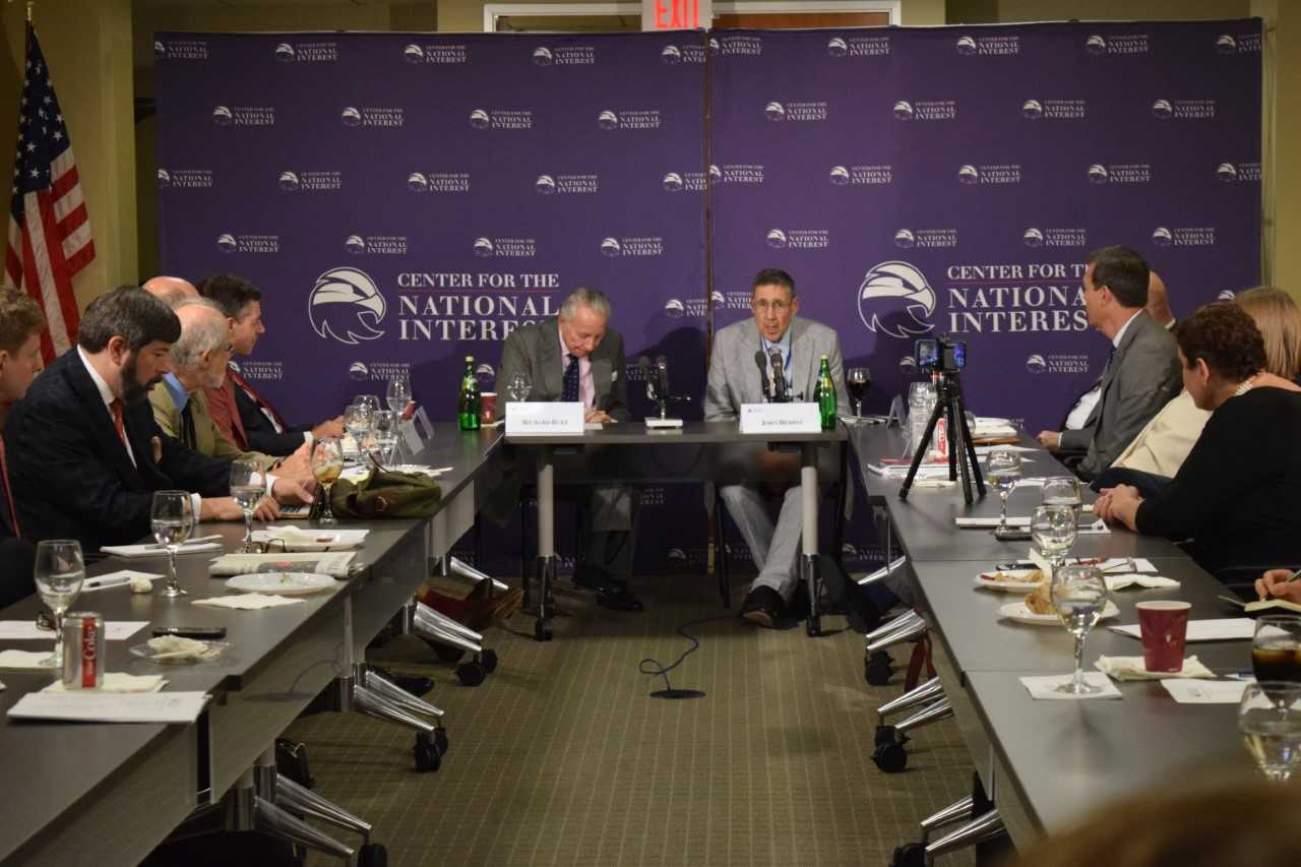

/arc-anglerfish-arc2-prod-mco.s3.amazonaws.com/public/3URPXNMFTJFBTBJCHAOZXZYZFI.jpg)



/arc-anglerfish-arc2-prod-mco.s3.amazonaws.com/public/NKXCPRU55ZGBPP5HEZ7NS4Z65A.jpg)
